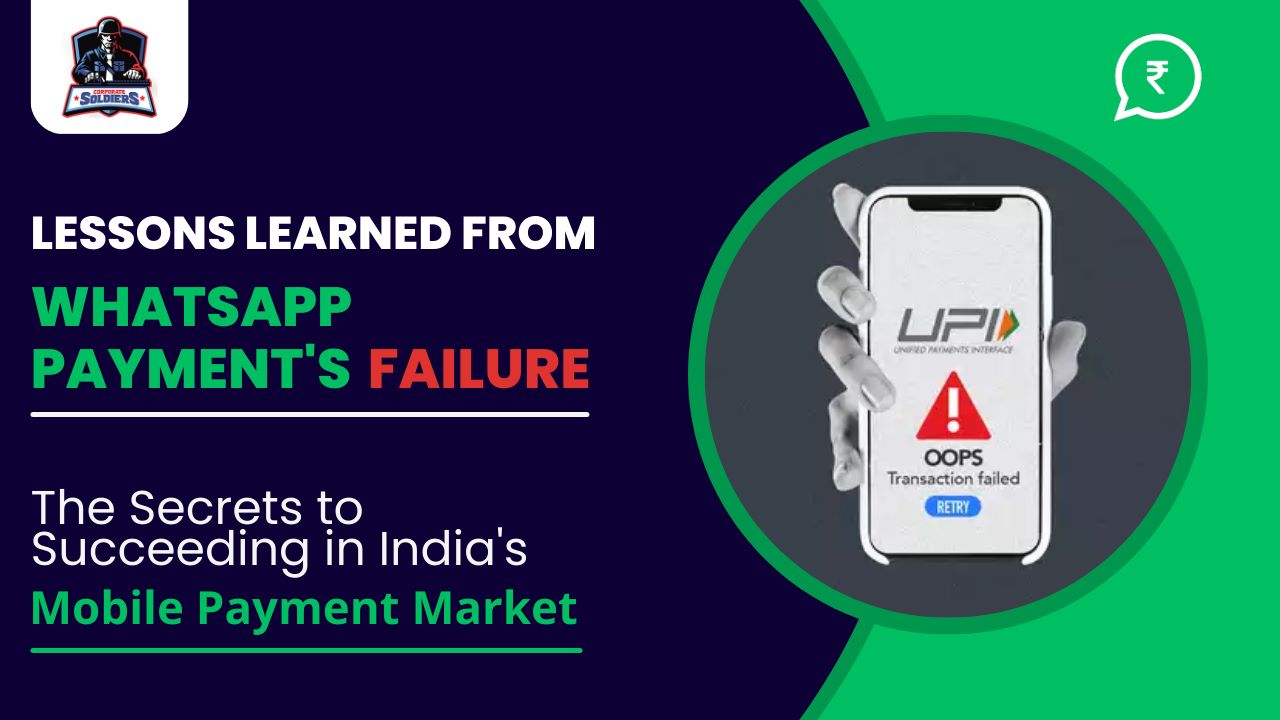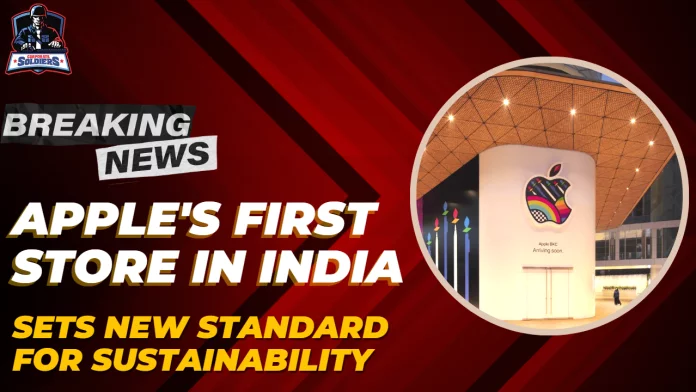India’s mobile payment market has been expanding at an astonishing rate, and global players are scrambling to establish themselves in the country. WhatsApp Payment, backed by Facebook’s Meta, was one of the most promising contenders, with over 400 million users in India. Despite this vast user base, WhatsApp Payment contributed to only 0.01% of transactions, lagging far behind competitors like PhonePe, Google Pay, and Paytm. In this article, we will take a deep dive into the reasons behind WhatsApp Payment’s failure in India and the lessons learned for other players looking to enter this lucrative market.
Poor Marketing Strategies
One of the key reasons for WhatsApp Payment’s failure in India was its lackluster marketing strategy. The payment system was only marketed in the initial stages, resulting in low adoption rates. Users were not aware of its existence, leading to skepticism and a lack of trust. In contrast, competitors like Google Pay, PhonePe, and Paytm had highly effective marketing campaigns that targeted Indian users’ preferences and habits. WhatsApp Payment failed to differentiate itself from the competitors, resulting in low adoption rates.
Discoverability Issues
Unlike other mobile payment apps, WhatsApp Payment did not have a dedicated payment interface within the app. This made it difficult for users to locate the payment option, and they had to go on a treasure hunt to find it. Having a dedicated payment interface within the app could have made it easier for users to use the service. WhatsApp Payment also lacked compatibility with many smartphones, limiting its adoption. Competitors like PhonePe and Google Pay, on the other hand, had a user-friendly interface that made it easy for users to use their services.
Privacy Concerns
Data privacy is a significant concern for Indian users, and WhatsApp Payment failed to address this concern effectively. Facebook’s Meta has had a controversial history of data privacy issues, which eroded Indian users’ confidence in the payment system. This lack of trust resulted in low adoption rates for WhatsApp Payment. Competitors like Google Pay and PhonePe have established trust among Indian users by addressing their concerns regarding data privacy effectively.
Government Regulations
The Indian government has stringent regulations regarding data storage, and WhatsApp Payment faced challenges due to these regulations. WhatsApp was required to store data in India, which resulted in a delay in launching the payment system. This delay gave competitors like PhonePe, Google Pay, and Paytm a head start in capturing the Indian market. Additionally, the Indian government has a strict policy on data localization, which has made it difficult for foreign companies to establish their presence in the Indian market.
Lessons Learned for Succeeding in India’s Mobile Payment Market
WhatsApp Payment’s failure in India serves as a reminder that a vast user base alone cannot ensure success. Companies must adapt to the needs and expectations of their target market. Proper marketing, a dedicated payment interface, data security, and government approvals are essential for success in the Indian mobile payment market. For example, companies can partner with local firms to comply with local regulations and build trust among Indian users.
Moreover, companies should focus on creating a user-friendly interface that makes it easy for users to use their services, even if they are not tech-savvy. Proper localization, incorporating local languages and payment methods, is also crucial for success in the Indian market.
In conclusion, entering the Indian mobile payment market requires careful planning and execution. WhatsApp Payment’s failure in India highlights the importance of effective marketing, discoverability, data privacy, and government approvals. By learning from WhatsApp Payment’s mistakes, other players can adapt to the needs and preferences of Indian users and thrive in this lucrative market. With PhonePe currently dominating the market, it’s an exciting time for companies to enter the market and compete for a share of the growing digital payments pie. However, success will depend on understanding the local landscape, building trust with consumers, and delivering a seamless user experience.










